This post may contains affiliate links. If you purchase through these links, I may earn a small commission at no additional cost to you.
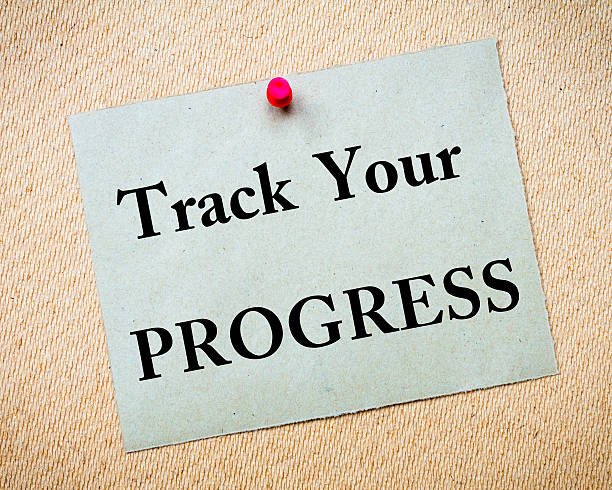
Tracking your fitness progress is one of the most effective ways to stay motivated, assess your progress, and make necessary adjustments to achieve your goals. Whether you’re trying to lose weight, gain muscle, or improve overall health, tracking provides clarity and direction. Here, we’ll explore practical steps to track your fitness journey and the tools that can make the process seamless.
Why Track Your Fitness Progress?
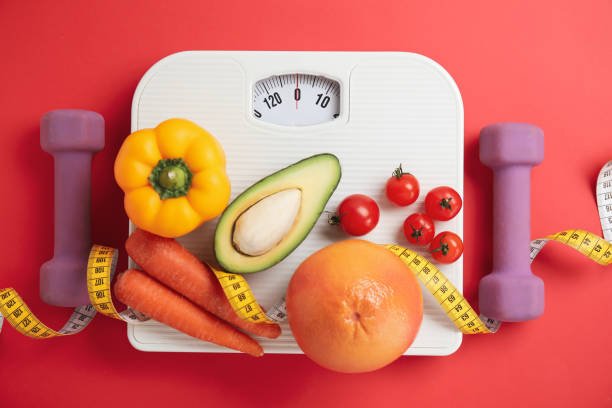
Before diving into the how-tos, it’s essential to understand why tracking matters:
- Accountability: Seeing your progress encourages consistency.
- Motivation: Small wins, such as a new personal record, fuel your drive.
- Insight: Tracking highlights what works and what doesn’t.
- Adjustments: Real-time data lets you tweak your routines for better results.
Now that we’ve established its importance, let’s dive into the actionable tips for tracking your fitness like a pro.
1. Set SMART Goals
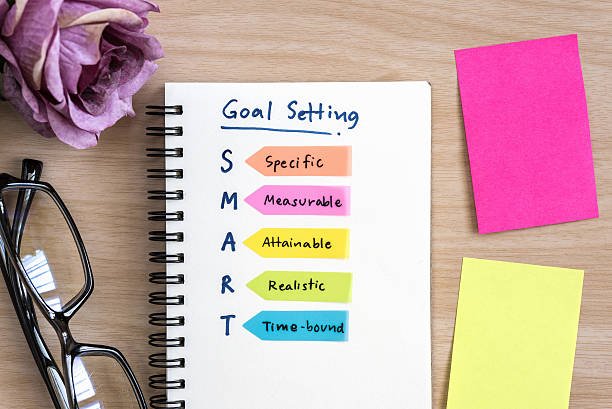
The foundation of any fitness journey is setting goals. Ensure your goals are SMART:
- Specific: Define what you want to achieve (e.g., “lose 10 pounds” or “complete a 5K”).
- Measurable: Include quantifiable metrics, such as body weight, reps, or running distance.
- Attainable: Align goals with your overall fitness aspirations.
- Ralistic: Be realistic about what’s possible based on your current fitness level.
- Time-bound: Set a deadline to keep yourself accountable.
2. Keep a Fitness Journal
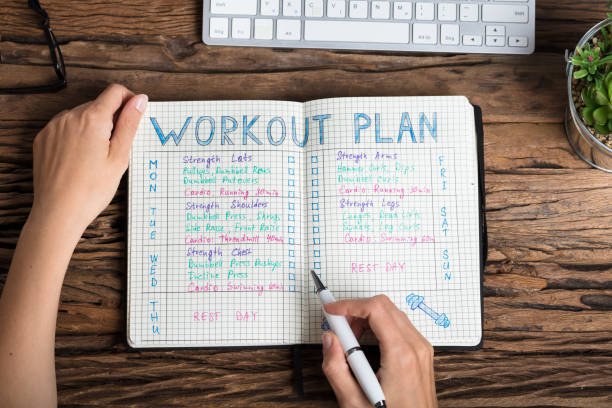
A fitness journal is an old-school yet highly effective tool. Logging your workouts, meals, and progress can help you identify patterns and areas for improvement.
What to Log:
- Exercise details: Type, duration, intensity, and repetitions.
- Nutrition: Meals, calorie intake, and macros.
- Weight and body measurements.
- Rest and recovery notes.
A fitness journel that is a compact planner designed specifically for fitness tracking- is perfect for setting weekly goals and recording progress. The Fitbook journel is the perfect choice for that purpose!
3. Leverage Technology: Fitness Apps
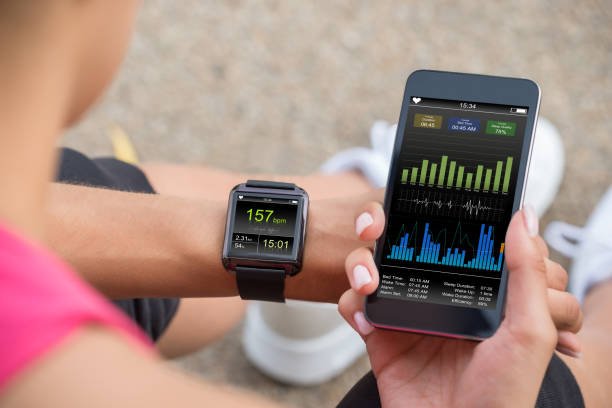
Fitness apps make tracking effortless by consolidating all your data in one place. Many apps can sync with wearable devices for real-time updates.
Top Features to Look For:
- Activity tracking (steps, workouts, heart rate).
- Nutrition and calorie logging.
- Goal setting and progress visualization.
Recommended Apps:
- MyFitnessPal: Excellent for tracking calories and macros.
- Strava: Perfect for runners and cyclists.
- Fitbod: Ideal for weightlifting and strength training.
4. Use a Smart Scale
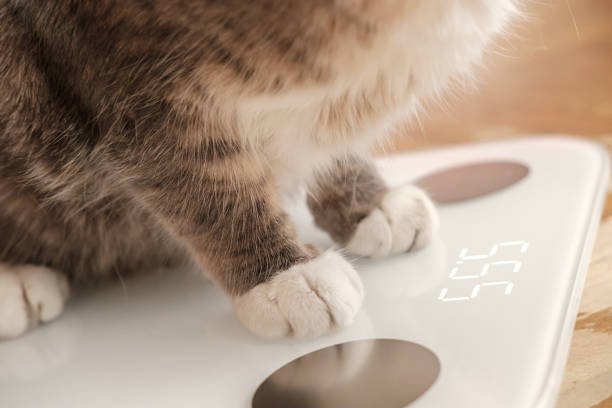
Smart scales measure more than just weight. They provide detailed insights into body composition, including body fat percentage, muscle mass, and hydration levels.
Why Use a Smart Scale?
- Monitor fat loss and muscle gain.
- Get a comprehensive view of your body composition.
- Sync data with fitness apps for easy tracking.
The Runstar Smart Body Scale is affordable and offers accurate readings. It syncs seamlessly with apps like MyFitnessPal and Apple Health.
5. Track Your Workouts
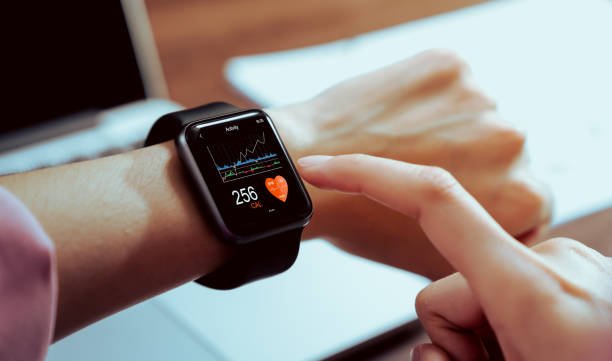
Keeping a detailed log of your workouts helps you identify strengths and weaknesses. Over time, you’ll see trends that indicate when it’s time to increase intensity or volume.
What to Record:
- Exercises performed.
- Sets, reps, and weights.
- Rest periods.
- Overall workout duration.
The Strong Workout Tracker App simplifies workout logging and progress tracking.
6. Monitor Progress with Photos

Sometimes, physical changes aren’t reflected on the scale. Progress photos can provide a visual representation of your transformation over time.
Tips for Effective Progress Photos:
- Take photos every 2-4 weeks.
- Use consistent lighting, angles, and clothing.
- Capture front, side, and back views.
7. Wearable Fitness Trackers

Wearables like fitness trackers and smartwatches provide real-time data on your activity levels, heart rate, and even sleep quality. They’re invaluable for anyone serious about tracking their fitness.
Benefits of Wearables:
- Track daily activity and calories burned.
- Monitor heart rate during workouts.
- Set and achieve step or activity goals.
I recommand the Fitbit Charge 6. It is a feature-rich fitness tracker with advanced metrics like heart rate variability and stress management.
8. Incorporate Strength and Performance Metrics

If your goal includes building strength or endurance, track your performance metrics. These include:
- 1-Rep Max: The maximum weight you can lift for a single repetition.
- Running Pace: Your average time per mile or kilometer.
- Endurance Tests: Time how long you can hold a plank or perform an exercise.
Regularly testing and recording these metrics provides clear evidence of improvement.
9. Pay Attention to Recovery

Fitness isn’t just about workouts; recovery plays a critical role. Track:
- Sleep duration and quality.
- Rest days and recovery activities.
- Muscle soreness and energy levels.
A Foam Roller helps with muscle recovery and flexibility. The TriggerPoint GRID Foam Roller is an excellent choice for targeted relief.
10. Evaluate and Adjust Regularly

Tracking is only useful if you act on the data. Set aside time weekly or monthly to review your progress and make necessary adjustments.
Questions to Ask:
- Am I closer to my goals?
- What’s working well?
- Where can I improve?
Final Thoughts
Acknowledging your achievements keeps you motivated. Whether it’s buying new workout gear or treating yourself to a rest day, small rewards can go a long way.
Tracking your fitness progress like a pro doesn’t require advanced tools or a big budget. By setting SMART goals, using apps, leveraging wearable technology, and regularly evaluating your progress, you can stay motivated and on track.
You’ve got it!
